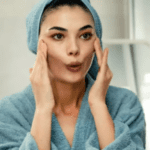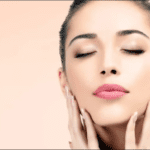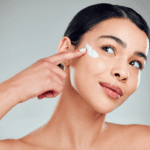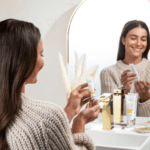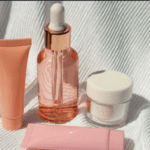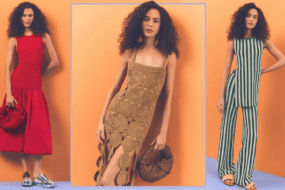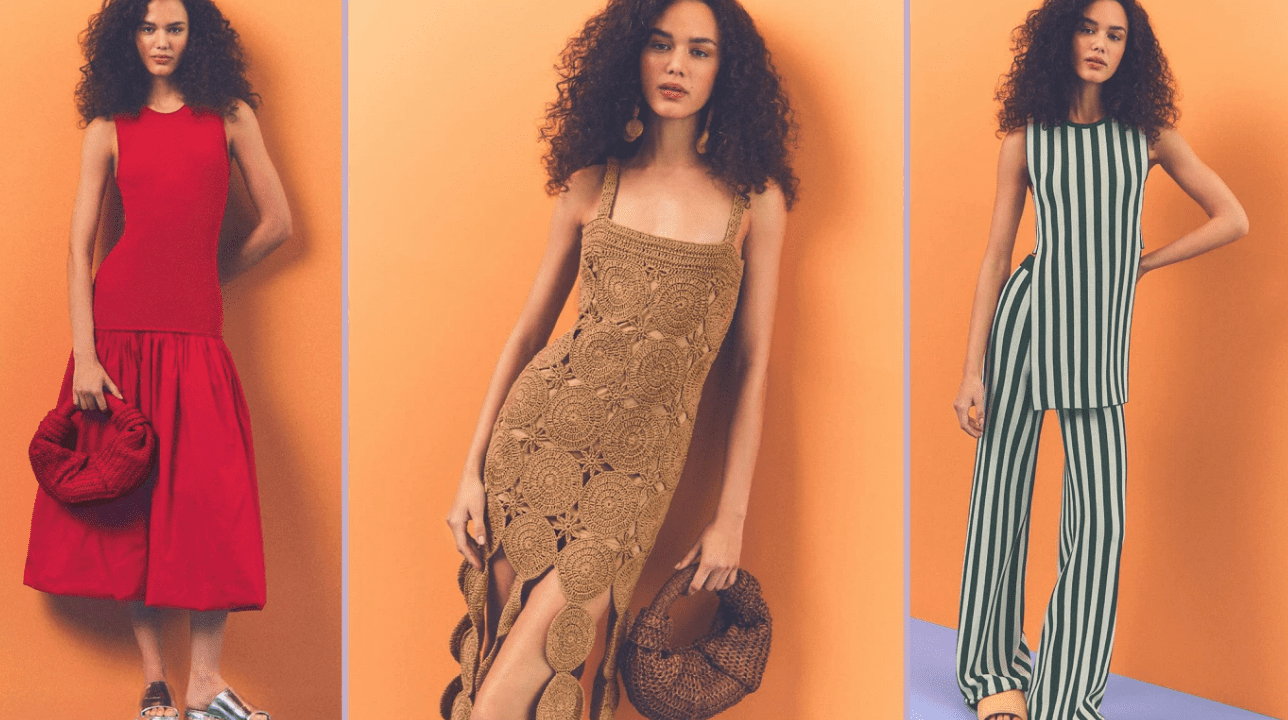
Color isn’t just decoration—it’s communication. From the clothes we wear to the makeup we choose, the colors we embrace can speak volumes before we even say a word. They affect how we’re perceived, how we feel, and how we express ourselves. Mastering color is one of the most powerful tools in creating a personal style that turns heads and boosts confidence.
But how do you really know which colors suit you best? How can you build a color palette that highlights your natural beauty, enhances your wardrobe, and reflects your personality? Let’s break it down and dive into the fascinating world of color theory, skin undertones, seasonal palettes, and styling strategies that’ll help you discover the perfect color palette for your look.
Why Color Matters in Style
Color is often the first thing people notice about your outfit or overall appearance. It’s deeply psychological. Red can command attention and signify power. Blue often evokes trust and calm. Yellow brings sunshine and cheer. The colors you wear have the potential to:
- Make your skin glow or look dull
- Emphasize your features or wash them out
- Affect your mood and energy
- Communicate your personality
The right palette not only harmonizes with your natural features but also enhances your style, confidence, and presence. When your color choices align with you, it’s a game-changer.
Step 1: Understand Skin Undertones
Before you can select the right colors, you need to understand one foundational piece: your skin undertone. People often confuse skin tone (how light or dark your skin is) with undertone (the subtle hue beneath the surface). Your undertone doesn’t change, no matter if you tan, lighten, or age.
There are three main undertones:
- Warm – Hints of yellow, peach, or golden. Often looks best in earthy tones like warm reds, oranges, olive greens, and golden browns.
- Cool – Hints of blue, pink, or red. Looks great in jewel tones like sapphire, emerald, cool greys, and icy pastels.
- Neutral – A balance of warm and cool tones. Most colors look good, but muted or soft tones are usually most flattering.
How to Find Your Undertone:
- Vein Test: Look at the veins on your wrist. Blue or purple veins usually indicate a cool undertone; greenish veins suggest warm; if you see a mix, you’re likely neutral.
- Jewelry Test: Gold jewelry complements warm undertones, while silver flatters cool ones. If both look good, you might be neutral.
- White Fabric Test: Hold a white piece of clothing (or paper) next to your face in natural light. If your skin looks rosy, you’re cool. If it appears more yellow or golden, you’re warm.
Step 2: Discover Your Seasonal Color Palette
Once you know your undertone, you can explore your seasonal color profile. This method categorizes your coloring based on skin tone, eye color, and hair color into four seasons: Spring, Summer, Autumn, and Winter.
Spring (Warm + Light):
- Golden blonde, light red, or strawberry hair
- Light eyes (blue, green, light hazel)
- Warm, fair skin
Best Colors: Coral, peach, warm green, ivory, golden yellow, turquoise
Avoid: Harsh black or pure white—these can be too stark
Summer (Cool + Light):
- Ash blonde or light brown hair
- Cool-toned fair to medium skin
- Light blue or grey eyes
Best Colors: Soft rose, lavender, powder blue, cool pink, pastel tones
Avoid: Earth tones and overly warm colors
Autumn (Warm + Deep):
- Red, dark brown, auburn hair
- Olive, golden, or deep skin tones
- Dark green, brown, or hazel eyes
Best Colors: Rust, mustard, burnt orange, olive, camel, forest green
Avoid: Bright jewel tones or icy pastels
Winter (Cool + Deep):
- Dark brown or black hair
- Fair to deep cool-toned skin
- Bright blue, green, or dark eyes
Best Colors: Jewel tones like ruby, sapphire, emerald, stark black and white, navy
Avoid: Earthy browns or muted oranges
Step 3: Personal Style Meets Color Psychology
Color doesn’t just reflect your features—it reflects your mood and personality. Incorporate your personality traits and how you want to feel into your palette choices. Here’s how:
Want to feel powerful?
Go for red, black, navy, or deep purple.
Looking to appear approachable and friendly?
Try coral, peach, teal, or soft blues.
Need calm and clarity?
Choose light blue, lavender, or sage green.
Want to radiate joy and positivity?
Wear yellow, mint, aqua, or bubblegum pink.
Don’t be afraid to play with colors based on how you feel that day or what energy you want to project. This emotional connection to color is often what makes a palette feel uniquely yours.
Step 4: Build a Wearable Color Palette
Now that you’ve figured out your undertone, seasonal type, and personal vibes, let’s build your actual wardrobe palette. A well-rounded palette includes:
1. Neutrals (Your Foundation)
Choose 2–3 neutrals that suit your undertone and lifestyle. These are the backbone of your wardrobe.
- Warm neutrals: cream, camel, warm beige, soft brown
- Cool neutrals: charcoal, cool grey, white, navy
- Neutral neutrals (great for everyone): denim, soft white, taupe
2. Core Colors (Everyday Statements)
These are 3–5 shades you wear regularly that work with your lifestyle and mood. Think olive, burgundy, cobalt, or blush.
3. Accent Colors (Pop + Personality)
2–3 fun, bold, or seasonal colors you sprinkle in through accessories, shoes, or statement pieces. Think fuchsia heels, an orange handbag, or a teal scarf.
Step 5: Applying Color to Different Parts of Your Look
Clothing
- Monochrome Outfits: Wear different shades of one color for a sophisticated look.
- Color Blocking: Combine contrasting colors (e.g., purple and yellow) for a bold, fashion-forward outfit.
- Match to Skin Tone: Colors near your face (shirts, scarves, jackets) should flatter your undertone the most.
- Layering: Mix neutrals with pops of your seasonal colors for balance.
Makeup
- Foundation: Match your undertone. A cool-toned person in a yellow-toned foundation will look off.
- Lipstick: Warm tones look great in brick reds and corals; cool tones pop in berry and plum.
- Eyeshadow: Use your seasonal palette to pick shades that make your eyes stand out.
Hair Color
- Warm Undertones: Golden blondes, caramel, copper, or chocolate browns.
- Cool Undertones: Ash blondes, espresso, jet black, or cool browns.
- Neutral Undertones: Rose golds, toffee, or soft highlights.
Accessories
This is where you can have the most fun! Try accent colors here—especially ones that may not be flattering head-to-toe but look amazing in small doses.
Step 6: Evolve With the Seasons (and Your Life)
Your color palette doesn’t have to be static. Just like fashion trends, your preferences might shift with time, lifestyle changes, or even your mood.
Rotate With Nature:
Spring/Summer: Bright, fresh, and pastel hues
Fall/Winter: Rich, deep, and muted tones
Adapt to Life Changes:
Changed your hair color? Got a tan? Just had a major lifestyle shift or started a new job? You might need to revisit your palette and adjust accordingly. Personal style is a living, breathing expression of who you are right now.
Bonus Tips: Color Confidence Hacks
- Create a Mood Board: Use Pinterest or Canva to gather inspiration, color swatches, outfits, and palettes that you love. Patterns will emerge.
- Use a Color Wheel: Learn about complementary and analogous colors to mix and match like a pro.
- Try a Capsule Wardrobe: Choose 10–15 pieces in your color palette and see how many outfits you can create. You’ll likely find your palette naturally.
- Shop With Swatches: Take fabric swatches or digital palette screenshots with you to stores to help stay consistent.
Final Thoughts: Your Signature Palette is a Journey
Finding your perfect color palette is part art, part science, and totally personal. There’s no one right answer, and the beauty lies in experimentation. The more you explore, the more confident you’ll become in your choices.
Embrace the colors that bring you joy, flatter your features, and represent your story. Color isn’t just about style—it’s about empowerment, expression, and feeling amazing in your own skin.
So next time you’re getting dressed, doing your makeup, or picking out a new accessory, pause and think: What do I want my colors to say today?
Need a quick recap? Here’s your color palette checklist: ✅ Identify your skin undertone
✅ Discover your seasonal color profile
✅ Align with your personality and lifestyle
✅ Build a palette with neutrals, core, and accent colors
✅ Apply colors smartly to clothes, makeup, and accessories
✅ Revisit and evolve your palette over time
Let color be your superpower. When used intentionally, it can transform not only your look—but how you feel about yourself, too.






